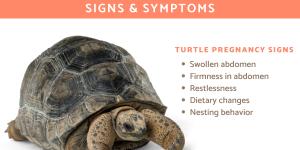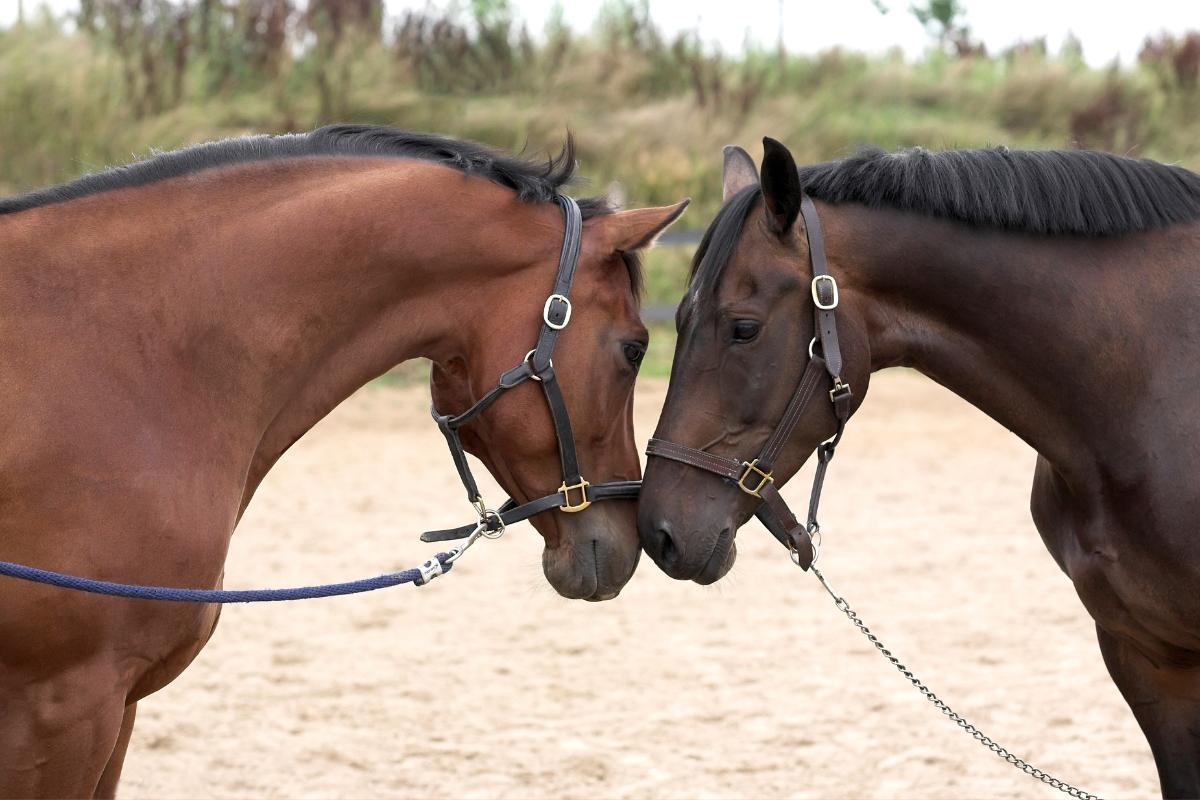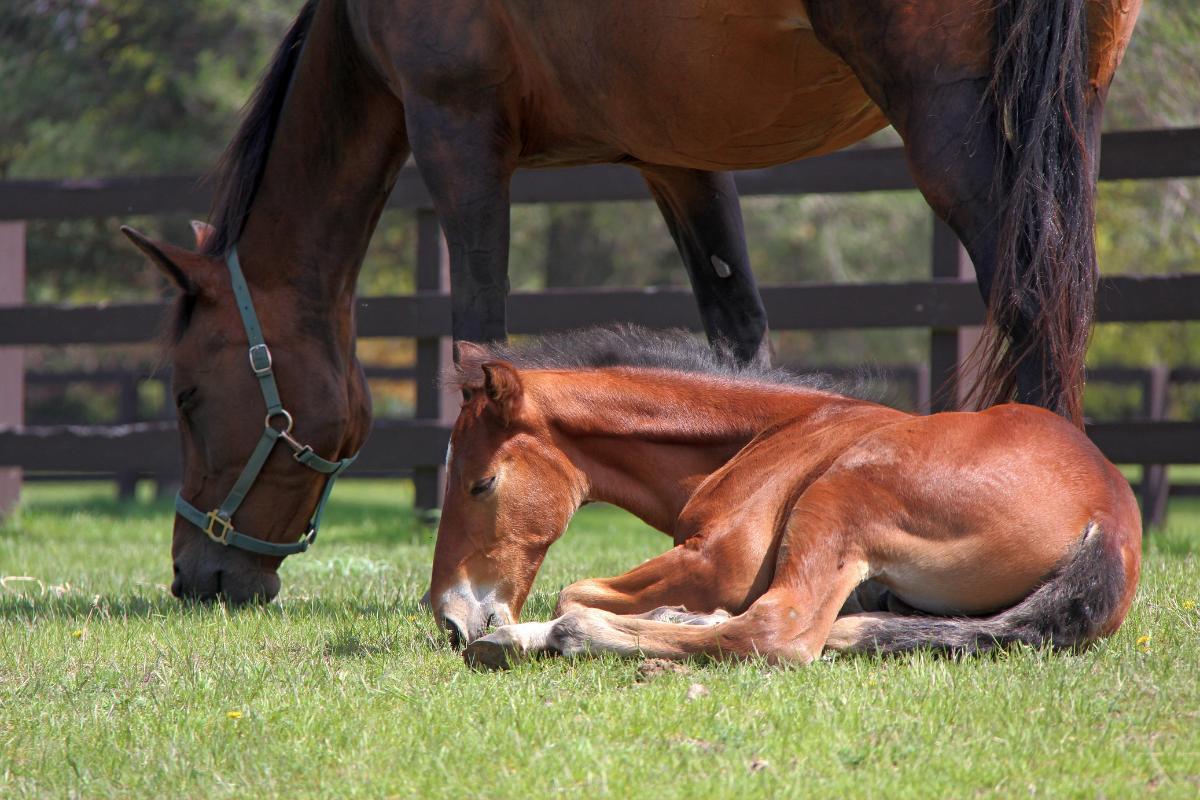How many times does a mare need to mate to become pregnant?



See files for Horses
Breeding horses is a complex process that requires careful attention to detail and a deep understanding of equine reproductive physiology. One of the most common questions among horse breeders is how many times a mare needs to mate to become pregnant. While there is no one-size-fits-all answer to this question, there are several factors that can influence the success of natural mating in horses.
In this AnimalWised article, we will discuss the complexities of equine reproductive management and answer the question of how many times a mare needs to mate to become pregnant. We will also provide insights into how to increase the likelihood of a mare becoming pregnant through natural breeding.
Reproductive cycle of mares
Mares are seasonal polyestrous females that ovulate several times a year, but only during certain seasons, specifically in the long-day seasons of spring and summer.
During the short-day seasons of autumn and winter, less light triggers the release of more melatonin, which inhibits hormone secretion and reproductive function. However, when the days begin to lengthen, the synthesis of melatonin decreases, which increases the production of sex hormones that allow the growth of follicles in the ovary.
Ovarian activity is stimulated by more than 14.5 hours of light per day and inhibited by less than 12 hours.
The mare's cycle lasts an average of 21 days and is divided into two phases:
- The estrous phase: commonly known as "heat", lasts between 5 and 9 days, during which the mare is receptive to males. It is characterized by the development of follicles in the ovary and ends with ovulation.
- The luteal phase: also known as diestrual, lasts between 14 and 16 days and is when a corpus luteum is formed in the ovary that synthesizes progesterone, which is responsible for the mare rejecting the male.
During the estrous phase, mares are receptive to the male and ovulation occurs, making it the only fertile phase.
If natural breeding is preferred, it is recommended to monitor the mare for signs of heat, which include frequent urination, raised tail, contracted vulva, and transparent mucous secretion.
Mating should then be carried out every 48 hours until the mare rejects the male. However, if the mare does not become pregnant after the estrous phase, it is necessary to wait for the next cycle.
To increase the chances of pregnancy, it is crucial to time mating correctly and to mate frequently during the estrous phase. However, it is essential to note that some mares may have irregular cycles or display silent heat, making it difficult to determine the best time for mating. In such situations, seeking veterinary help is recommended to ensure successful reproductive management.
Be sure to check out our other article, which provides a detailed explanation about how horses mate.
How many mares can a stallion mate with in one day?
The number of mares a stallion can mate with in one day can vary depending on several factors such as the age, health, and stamina of the stallion, as well as the management practices of the breeding operation.
At the age of 3–4 years, a young stallion can impregnate up to 20–30 mares in one breeding season.
As they reach adulthood at around 7 years old, their sperm production increases, and they are capable of mating with up to 40 mares per season. If more than 40 mares need to be covered, semen extraction can be carried out, and artificial insemination can be used to impregnate more females.
It is important to note that as horses age, their sperm quality decreases. Stallions over 18 years of age may need to limit breeding to 20–25 females per season to ensure the health and fertility of both the stallion and the mares. Proper reproductive management and regular veterinary care can help to maintain the health and fertility of breeding horses.
Although several mares may come into heat in a stud per day during the reproductive season, the same stallion should not breed all of them.
It is not recommended for horses to breed more than once a day, and they should only mate every other day, for a total of three times per week. Breeding more frequently can reduce semen quality and increase the risk of infections and accidents during mating.
To learn more about the lifespan of horses, check out our other article that provides a detailed explanation on the topic.
How long does it take for the mare to get pregnant?
Female horses, also known as fillies, usually reach puberty between the ages of 12 to 15 months and start exhibiting cyclical heat. However, it takes approximately 36 months for their bodies to fully develop, making it advisable to wait until the fillies reach 3 years of age before mating them with a horse.
The average pregnancy rate in horses is around 60%, meaning that there is a 60% chance of a mare becoming pregnant when mounted by a stallion. However, several factors can affect the time it takes for a mare to become pregnant, including the season, the health status and age of both the mare and stallion, the libido of the stallion, and the reproductive management practices used.
Reproductive management practices, such as the ability to detect the mare's heat cycle, the number of mounts per cycle, and hygiene during the mating process, can also affect the chances of pregnancy.
If the mare fails to become pregnant after several heat cycles with mating, a thorough evaluation of all factors mentioned above is necessary to identify any underlying issues that may be preventing pregnancy.
You might be interested in this other article, where we explore horse body language and communication.

How to know if a mare is pregnant?
There are several ways to determine if a mare is pregnant. Here are some of the most common methods:
- Rectal palpation: this is the most common and reliable method to determine pregnancy in mares. A veterinarian can palpate the mare's reproductive tract through the rectum and feel for the presence of a fetus, the size of the uterus, and the presence of fluids.
- Ultrasound: an ultrasound can also be used to detect pregnancy in mares. The veterinarian will use an ultrasound machine to view the reproductive tract and look for the presence of a fetus.
- Blood test: a blood test can detect the presence of a hormone called equine chorionic gonadotropin (eCG), which is produced by the developing placenta in pregnant mares. However, this method is less reliable than rectal palpation or ultrasound and may not detect pregnancy until several weeks after conception.
- Behavior changes: in some cases, a mare's behavior may change after becoming pregnant. They may become less interested in mating and more protective of their belly.
It's important to note that pregnancy testing should always be done by a veterinarian who has experience with equine reproductive health. Additionally, it's important to wait until the appropriate time has passed since mating before testing for pregnancy, as it can take several weeks for pregnancy to be detectable.

How long does a mare's pregnancy last?
Mares have a gestation period of approximately 11 months, which can range between 320 and 340 days. By knowing the approximate date of conception, the expected delivery date can be predicted. However, certain physical signs also indicate that the delivery is approaching.
- About 2-6 weeks before delivery, the udder size increases.
- A week before delivery, the sacroiliac area collapses, indicating that the birth canal is starting to dilate.
- Four to five days before delivery, waxy buttons appear on the nipples, while milk leakage starts a day before delivery. Mares may become nervous and seek isolation in the hours leading to delivery.
When the first signs of labor appear, it is important to prepare the farrowing pen, particularly for stabled mares. The boxes should be at least 4x4 meters and covered with plenty of straw to provide softness and warmth for the foal. The temperature in the box should be maintained at around 25ºC, and a heat source should be placed to ensure the newborn's warmth.
Normally, mares give birth at night, and assistance is usually not required. However, if more than 30 minutes have elapsed since the water breaks, intervention may be necessary to prevent fetal distress.
Responsible breeding is essential to ensure the well-being of all animals. Indiscriminate reproduction can lead to significant damage to the welfare of our pets. Therefore, breeders, caretakers, and veterinarians must ensure responsible and quality breeding, which guarantees the welfare of breeding animals at all times.
If you want to read similar articles to How many times does a mare need to mate to become pregnant?, we recommend you visit our Gestation category.
- Rodriguez, A. (2008). Artificial insemination or directed mating in the mare . Albeitar, 119:10-13







